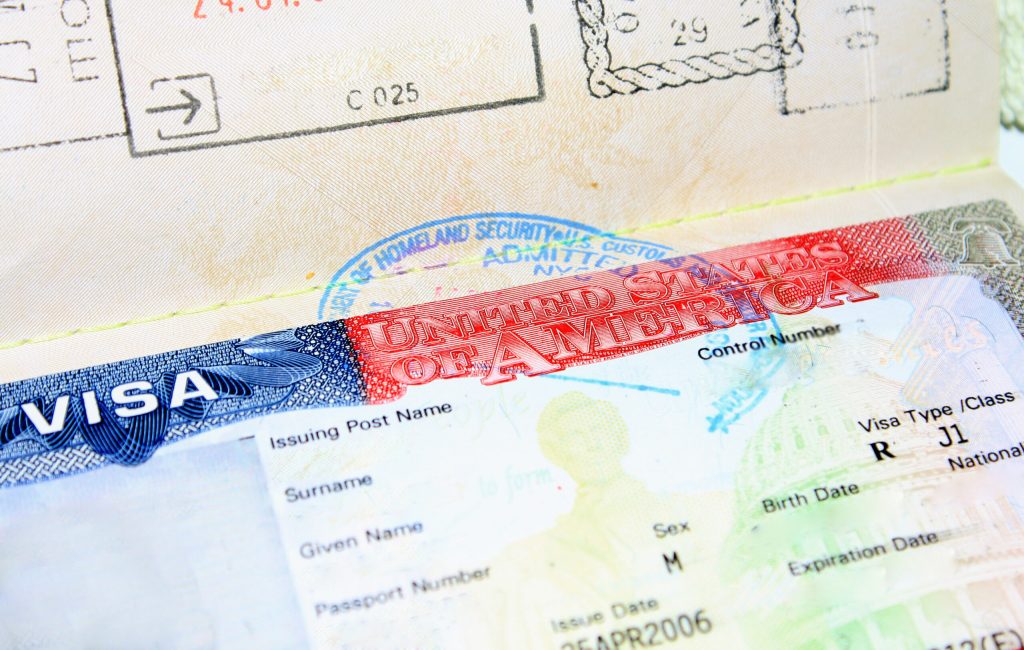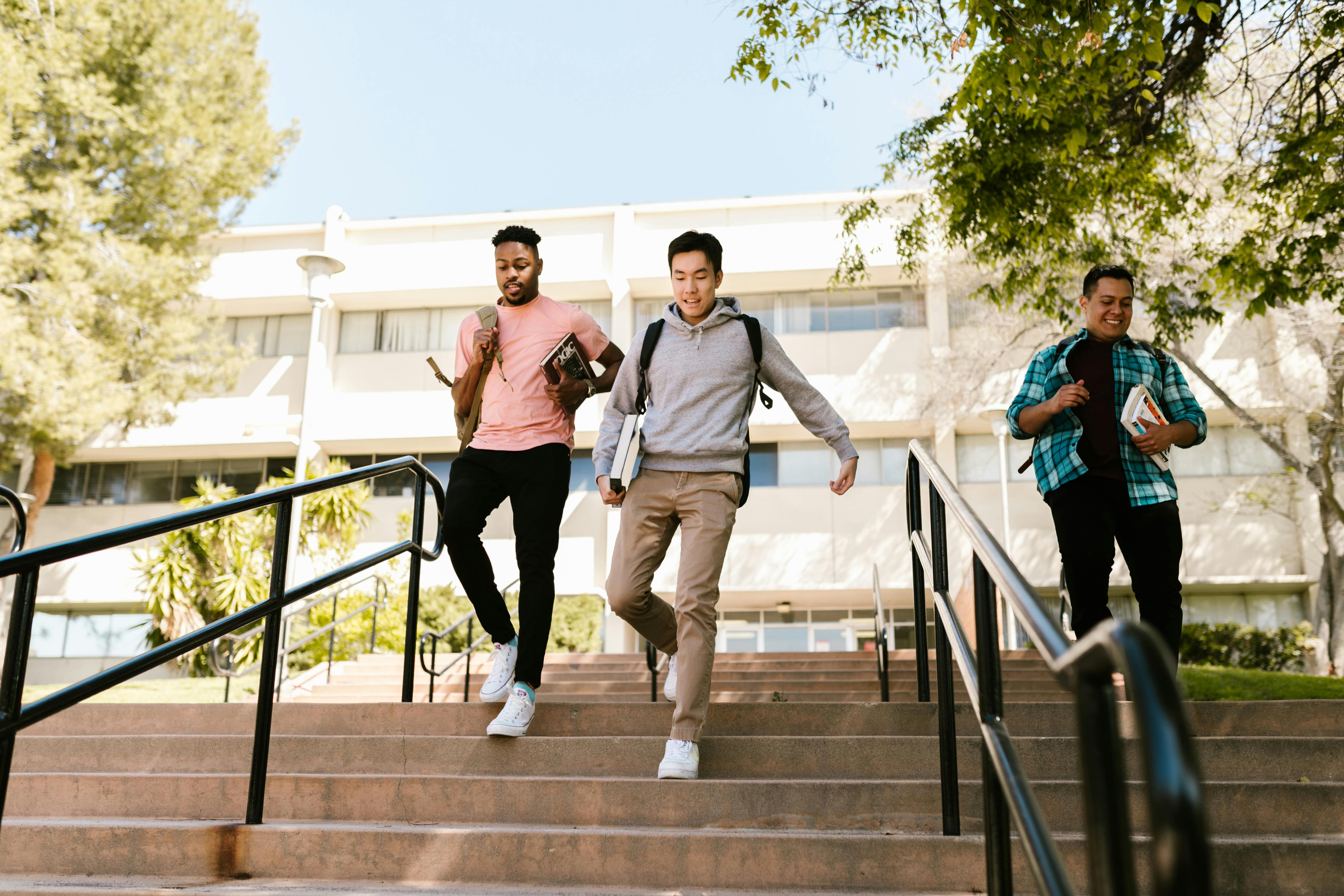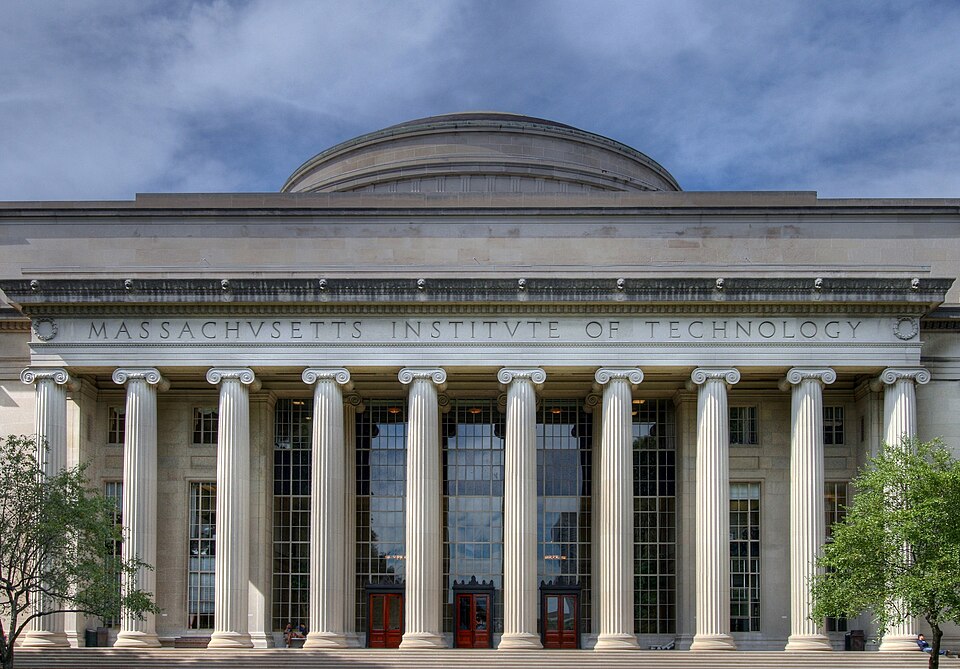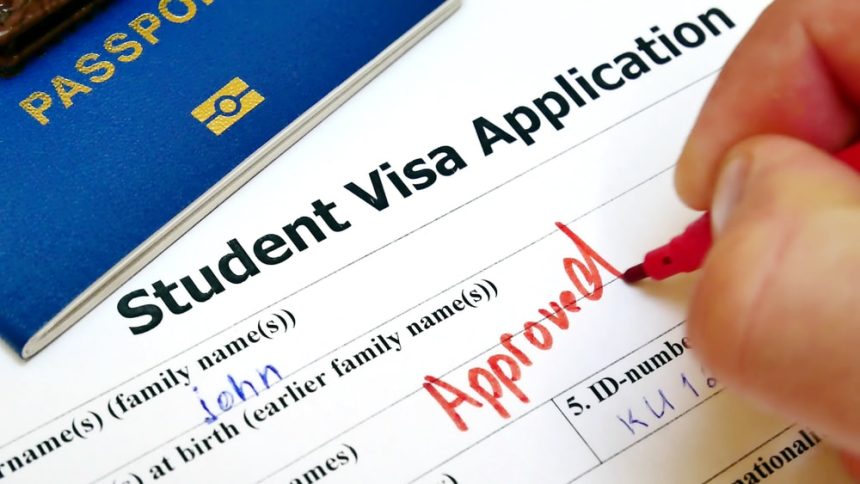Welcome to our comprehensive guide on obtaining a Student Visa USA. Navigating the process of securing a student visa can be both exciting and daunting. As it marks the beginning of an incredible educational journey in one of the world’s most renowned academic destinations. Whether you’re dreaming of studying at a prestigious university in the United States, immersing yourself in American culture, or pursuing your academic and career aspirations, understanding the intricacies of the student visa USA application process is essential. In this blog, we’ll walk you through everything you need to know, from the various visa types available to the application procedures and important tips to ensure a smooth and successful visa application. Let’s embark on this journey together and turn your dream of studying in the USA into a reality!


If you are looking for a house to rent in the USA, uhomes.com is a good choice for you to choose an apartment to live in New York, Champaign, Chicago, and San Francisco. There are different types of houses for you to rent, and you can fill in a form. Our consultant will contact you soon.
What are the Types of Student Visa USA?
- F-1 Visa: This type of visa is designed for students who plan to attend undergraduate and graduate programs in the United States. Also for high school and college students enrolled in English language programs.
- J-1 Visa: This is for temporary exchange visitors who plan to study in the United States. It is also available to visiting scholars, interns and au pairs.
- M-1 Visa: This type of visa allows you to participate in a non-academic or vocational program in the United States. It is usually a short-term program and focuses on a specific career outcome.
If you plan to pursue enroll in a full-time undergraduate or graduate degree program in the U.S., then an F-1 visa is required.
Student Visa USA Eligibility
- Students have permanent residency in their home country and have the ability to return home after completing their studies.
- Students may only study at an accredited academic institution (SEVP-accredited school) that has been granted a visa.
- Applicants must have proof of sufficient financial resources to support all expenses during the study period. There is no formal definition of the amount of monthly expenses required.
- All applicants must demonstrate that they have deep ties to their home country. Examples include job offers upon completion of studies, personal assets (i.e., house, land, vehicle, etc.), bank accounts, family, etc. The things to prove that there is a reason to return to the home country upon completion of studies.

Following Steps for Applying Student Visa USA
Step1: Gain admission to a SEVP accredited school
Before you can apply for a student visa, you need to first apply to universities. And then be accepted to a University that meets the Student Exchange and Visitor Program accreditation.
Most U.S. universities have application deadlines in December or January of each year. And universities will issue acceptance letters the following spring.
If you are a J-1 exchange student, you can apply for a study abroad program through your country’s government department or designated sponsoring organization.
Once you have been accepted by the school, you can prepare to apply for a visa. The earliest you can apply for a visa is 365 days prior to the start of your program of study. However, new students who receive a student visa for the first time must wait until 30 days prior to the start of the program of study to enter the United States.
Step2: Wait for I-20 or DS-2019
Upon acceptance to a university, the universities will send you the forms needed to obtain a visa.F-1 and M-1 students will receive an I-20 form, while J-1 students will receive a DS-2019 form.
When obtaining the I-20 and DS-2019 forms, schools usually require students to provide proof of funds. The form contains some important information such as your school address and SEVIS ID. Additionally, an I-20 or DS-2019 form is required for an in-person interview, so be sure to keep this form.
Step3: Pay the I-901 SEVIS fee
After receiving the I-20 or DS-2019 form, the next step is to pay the I-901 SEVIS (Student and Exchange Visitor Information System) fee. The SEVIS fee is $350 for F-1 and M-1 visas, and $220 for J-1 visas. For the short-term J-1 visa program, the SEVIS fee is $35.
Students from most countries can pay the SEVIS fee online at the U.S. Immigration and Customs Enforcement website.
Pay the SEVIS fee: You will also need to bring proof of payment of the SEVIS fee with you to your interview, so remember to save the payment confirmation page.
Step4: Submit Form DS-160 online
After paying the I-901 SEVIS fee, it is time to fill out the DS-160 form and complete the nonimmigrant visa application. The entire process may take about 90 minutes. It is recommended that you have the following documents and information ready in advance before you begin: passport, visa photo, I-20 or DS-2019 Form, itinerary, dates of travel abroad within the past five years, and resume.
After that, choose the U.S. embassy or consulate where you want to conduct the interview. After submitting the DS-160 form, remember to save the confirmation page to submit during the interview.
Fill out Form DS-160 online: https://ceac.state.gov/GenNIV/Default.aspx

Step5: Pay the Student Visa USA Application Fee
You will need to pay a visa application fee of $185. Some embassies will require you to pay this prior to your interview. While others may require you to pay it at the time of your interview. Check with your local U.S. Embassy or Consulate for details.
Step6:Make an appointment and Attend an interview
The interview is a very important part of the visa application process. After submitting the DS-160 form, you will have an interview at the U.S. Embassy or Consulate of your choice. It is recommended that you make an appointment for an interview as soon as you receive your I-20 and complete the DS-160 form.
Below are the documents you need to provide for the interview.
1. Passport: Valid for at least six months after the end of the program in which you are enrolled. For example, if your program is four years long, your passport cannot expire within four and a half years. If your passport is about to expire, you will need to apply for a new passport before you start your visa application.
2. A recent visa photo: a 5.1*5.1cm photo with a white background and no eyeglasses.
3. A copy of the DS-160 confirmation page.
4. A copy of the I-901 SEVIS fee payment confirmation page.
5. Receipt of visa application fee (if paid)
6. Form I-20 or Form DS-2019
7. High school or college diploma
8. Proof of funds: You will need to prove that you have sufficient funds to live and study in the United States. Proof of funds does not have to cover the cost of the entire program of study, but it does need to show that you have enough funds to cover the cost of study and living expenses for the first academic year.
Step7: Get your Student Visa USA
After submitting all the forms, paying the visa fee and completing the interview. You can then wait for your visa to be issued. You may be required to pick up your passport with the new visa in person. However, there are some embassies or consulates that can send your passport by courier to your home address. Visa processing times vary from different location, so you can check the U.S. Visa website for approximate interview wait times and access to your passport.
What are the forms of Student Visa USA?

I-20
The I-20 is the Certificate of Eligibility for Nonimmigrant Students.
SEVP-accredited schools issue this form to F1 or M1 students after the school officially admits the student.
Students and their dependents must have an I-20 form in order to apply for a student visa to enter the U.S. and apply for benefits.
SEVIS 1-901
The SEVIS 1-901 is a remittance form for F, J, and M nonimmigrant visas.
You must pay the I-901 SEVIS fee on this form before you can apply for a visa at a U.S. Embassy or Consulate. After paying the I-901 SEVIS fee, you must print out the receipt as proof of payment and bring it with you to your visa interview and entry into the United States.
DS-160
The DS-160 is an online nonimmigrant visa application form. All persons traveling to the U.S. in a nonimmigrant status, including children, are required to complete this form online. A consular officer will compare the information on your DS-160 form with your personal interview to determine if the applicant is eligible for a nonimmigrant visa.
Can I work on an F1 student visa?
Students with an F1 U.S. Student Visa
May not work off-campus during the first academic year. However, you may work on-campus under limited circumstances. At the end of the first year, you may apply for OPT, which is one year for most majors in the U.S. . STEM majors may submit an extension application to the USCIS in advance, and then continue to work legally in the U.S. for two more years after approval by the USCIS. If your employer is satisfied during the OPT period, you can also apply for an H1B work visa. Some programs require you to complete CPT in order to graduate. OPT is not permitted for a period longer than twelve months, starting nine months after enrollment in the degree program.
Students holding an M1 visa
Students on M1 visas can only start their internship training at the end of their program.
Whether on an F1 or M1 visa, the off-campus work must be related to the program of study and must be approved by the university and the USCIS prior to commencement of the work.
FAQ
The requirements for a USA student visa typically include an acceptance letter from a SEVIS-approved institution, proof of financial support, a completed visa application (DS-160), a valid passport, and payment of the visa application fee.
You typically need to apply to a SEVIS-approved institution, receive an acceptance letter, pay the SEVIS fee, complete the DS-160 visa application, schedule and attend a visa interview at the US embassy or consulate, and provide required documentation.
A student visa in the US typically lasts for the duration of the student’s academic program, plus an additional period known as Optional Practical Training (OPT) if applicable.
Undergraduate students, Graduate students, and Exchange students.








